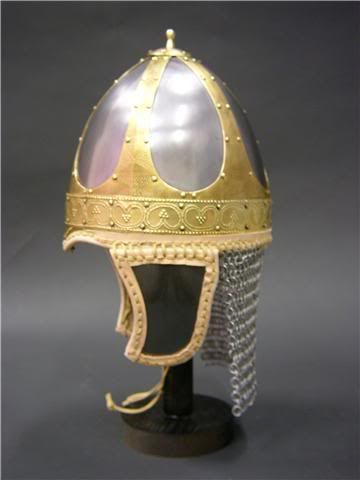Kaftans have largely remained unchanged for several centuries. The Kandys was different but pretty much the same in many regards.
Reconstruction of the Hun noble buried at Volnikovka, D2 period roughly (400-450 AD):
Spoiler Alert, click show to read:
Only real qualm I have with that image is that the top of his kaftan should be pinned together near the neck/shoulderblades with a Fibula.















 Reply With Quote
Reply With Quote






